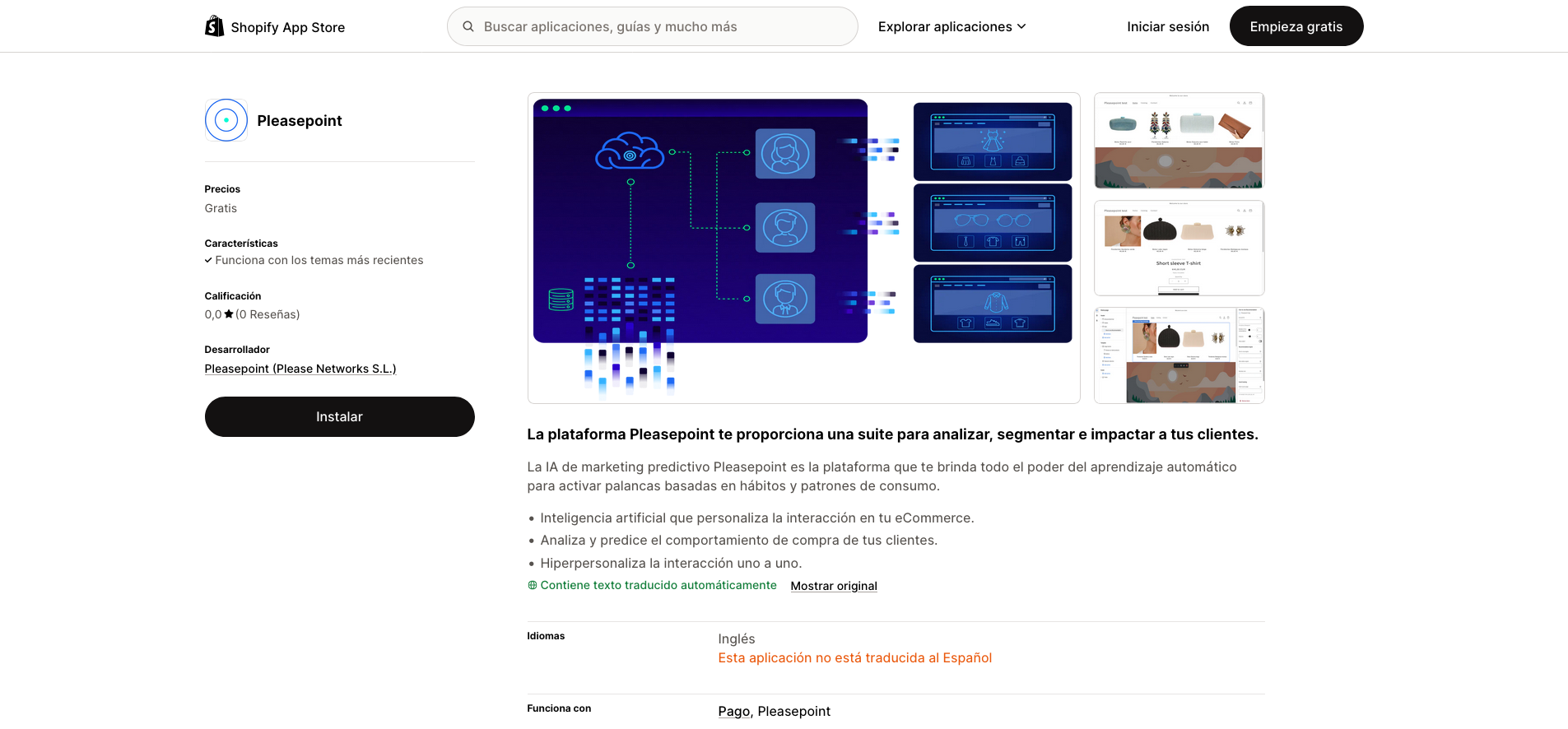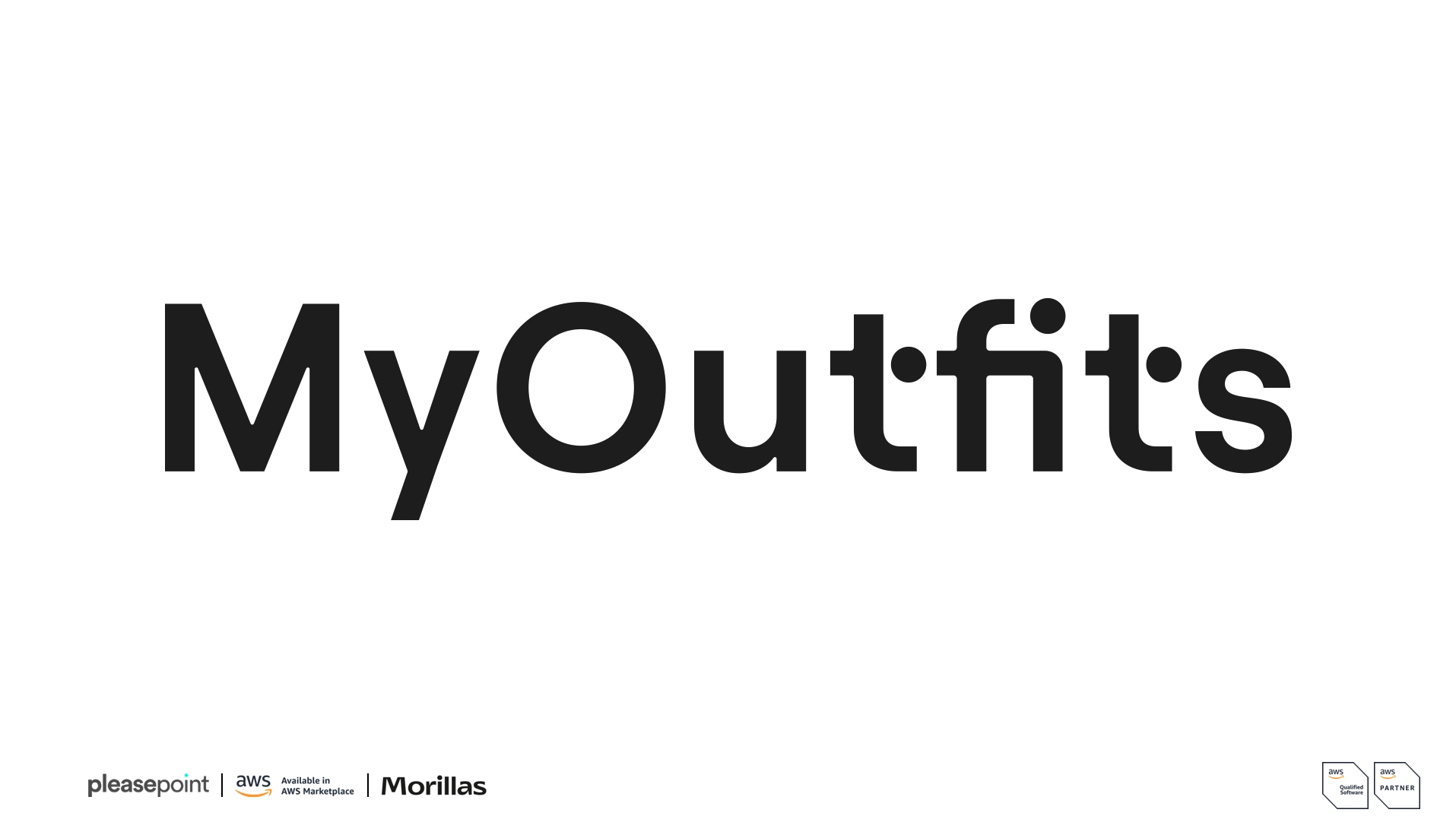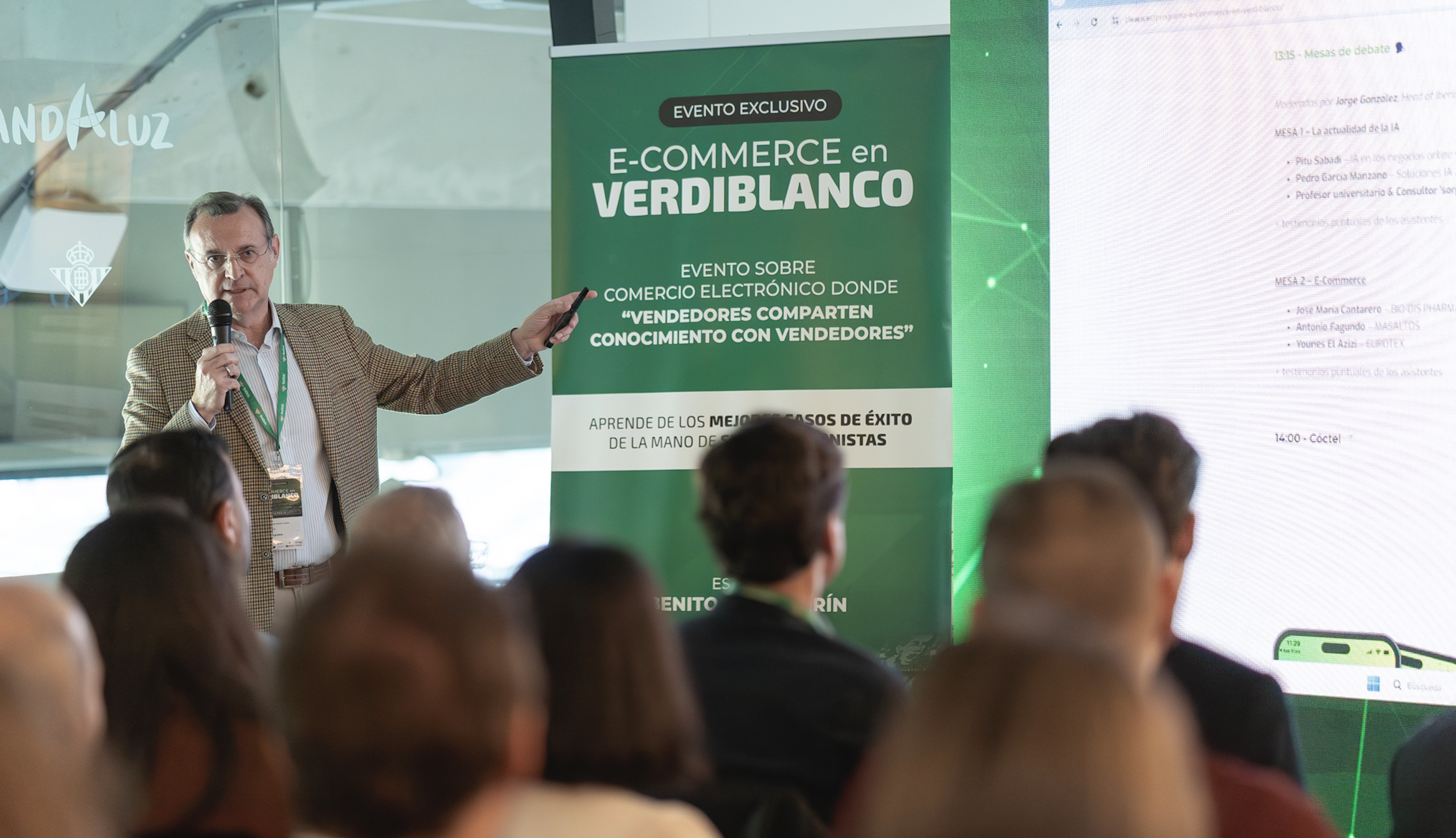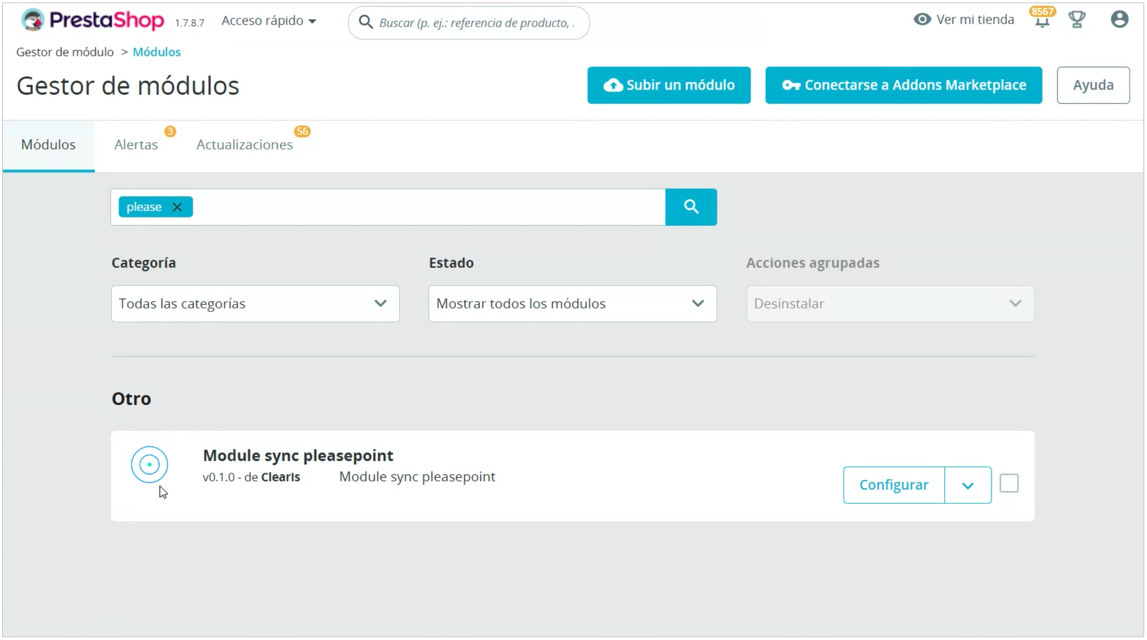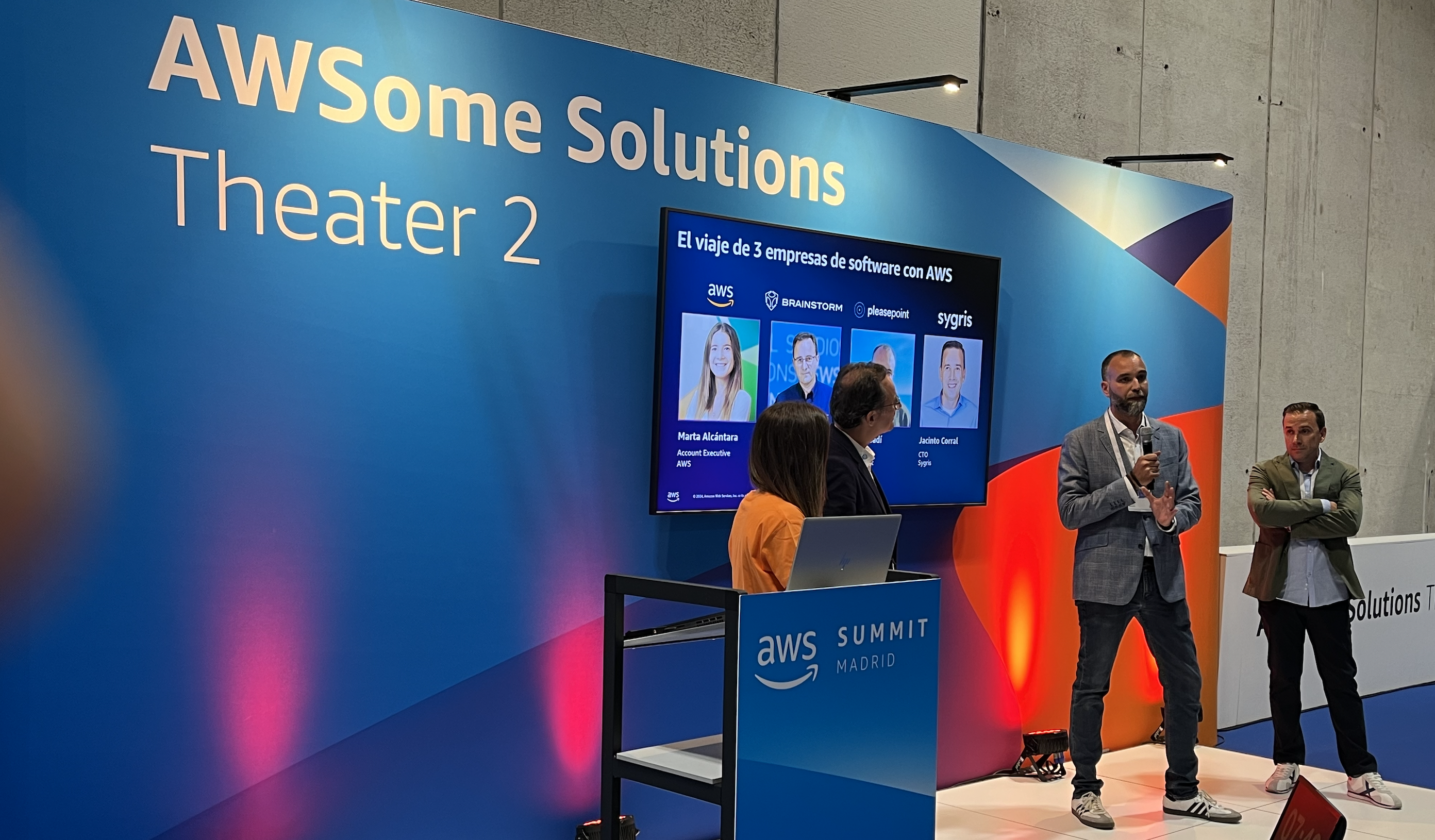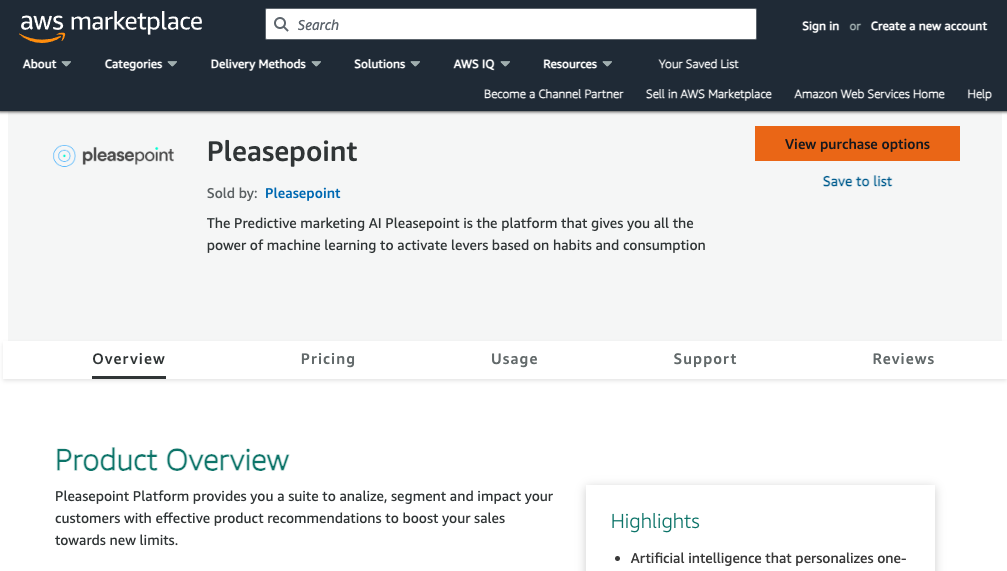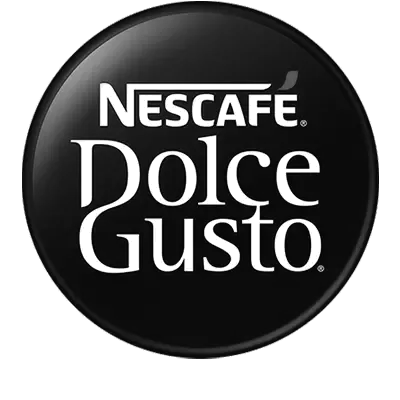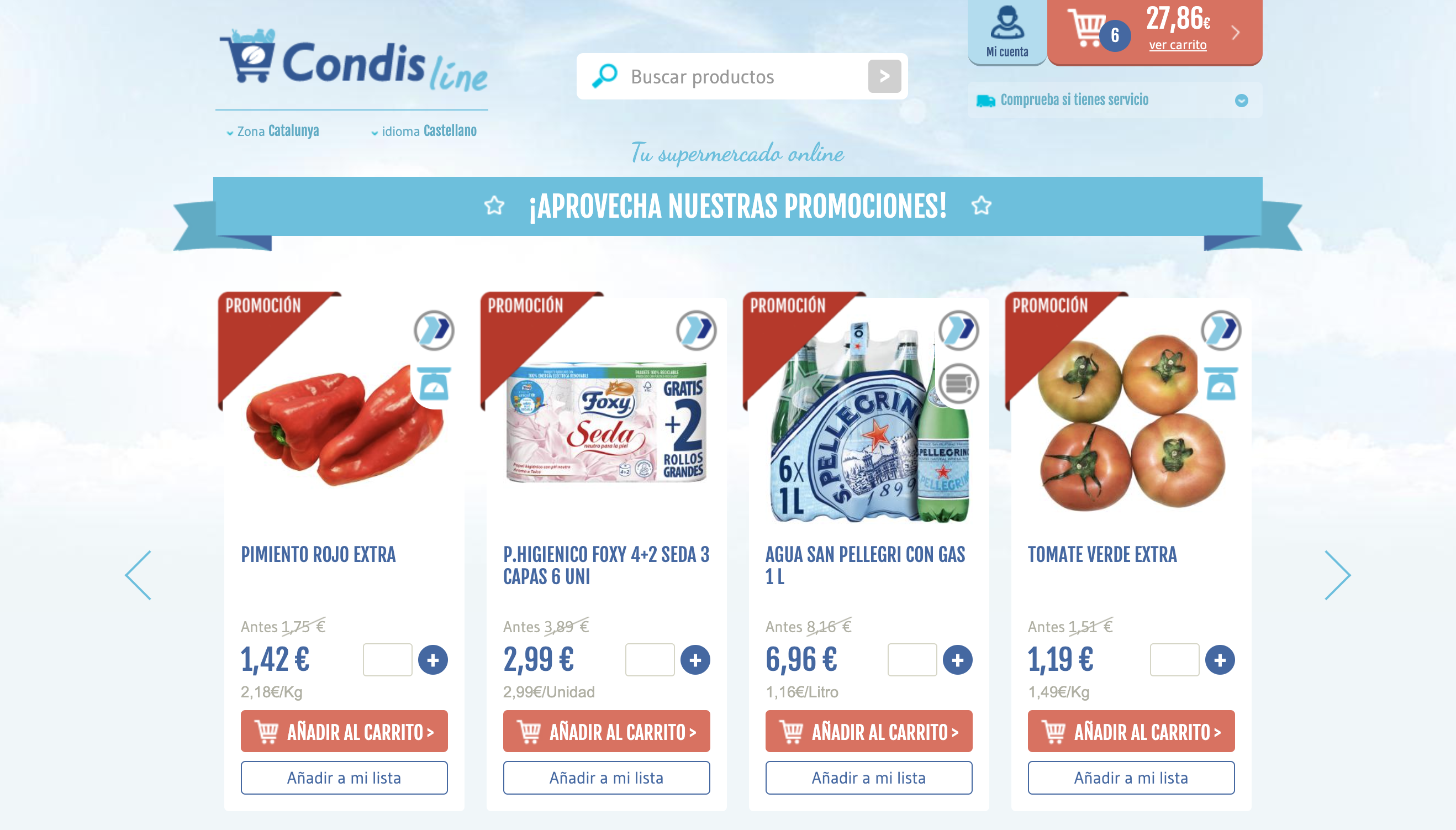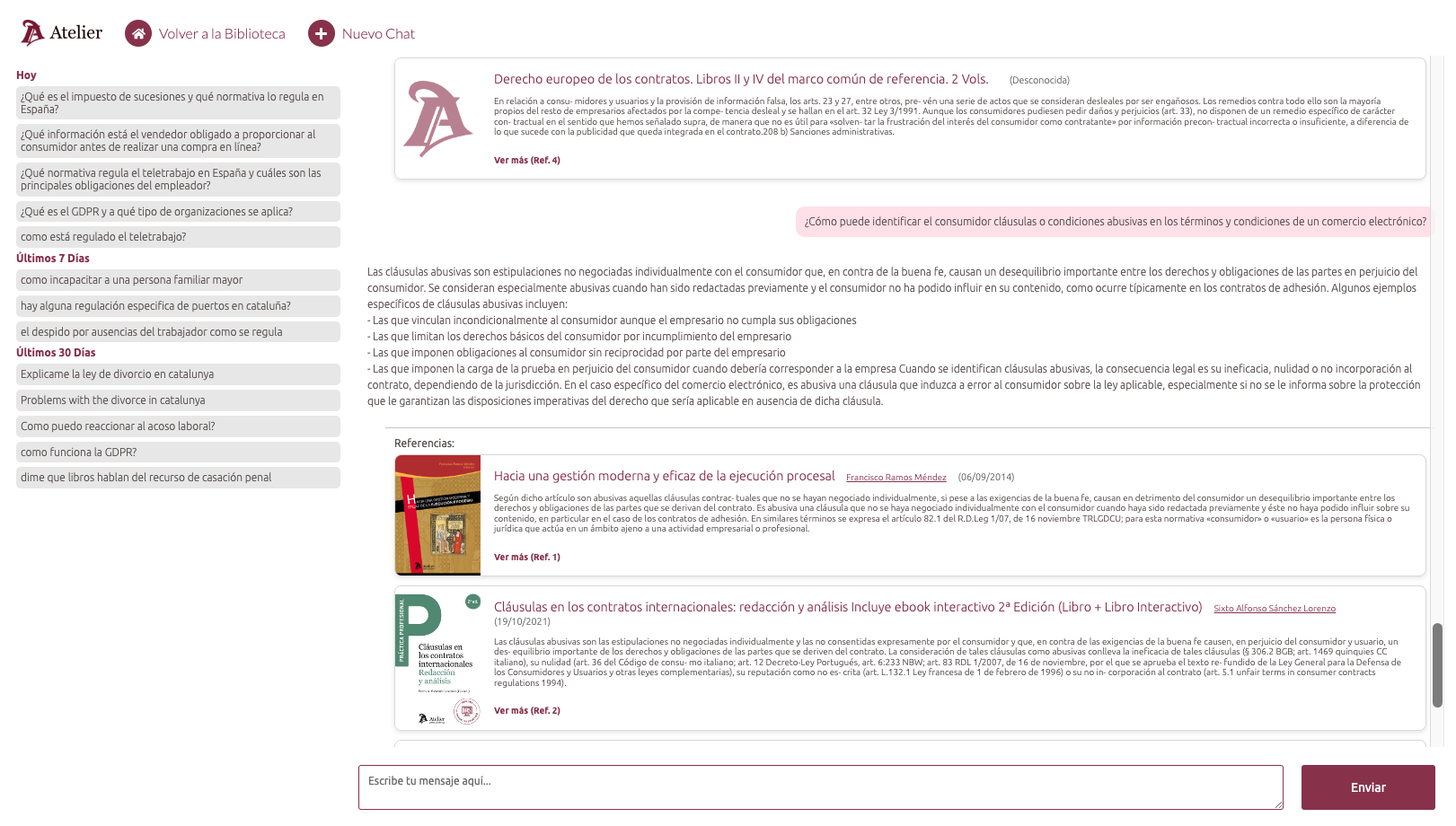Personalization in eCommerce is crucial to improving the user experience and increasing conversions. Pleasepoint's artificial intelligence enables highly effective one-to-one recommendation strategies, adapting to each user's individual preferences and behaviors.
If you want to see a specific success story on the results of one-to-one personalization with Pleasepoint, here is the link to the Success story: One-to-one personalization with Condis customers.
In this post, we explore five use cases of Pleasepoint's AI to show you how one-to-one personalization transforms interactions in your eCommerce. These are the topics we will cover:
- One-to-one on the home page.
- Related products on PDPs.
- One-to-one featured products on PLPs.
- One-to-one sorting on PLPs.
- Related products on the cart page.
- Conclusion.
In the last post, we shared the benefits of one-to-one personalization (34 times more effective on average) during the real-time shopping experience in eCommerce, compared to traditional strategies of showing best-selling or trending products from recent days or hours.
If you’re interested in understanding how to implement one-to-one personalization in your eCommerce, here’s the link to the Technical guide to one-to-one personalization in your eCommerce with the Pleasepoint SDK.
1. One-to-one on the home page.
The home page of an eCommerce is the entry point for many users. Implementing one-to-one recommendations on the home page allows you to personalize the experience from the first interaction.
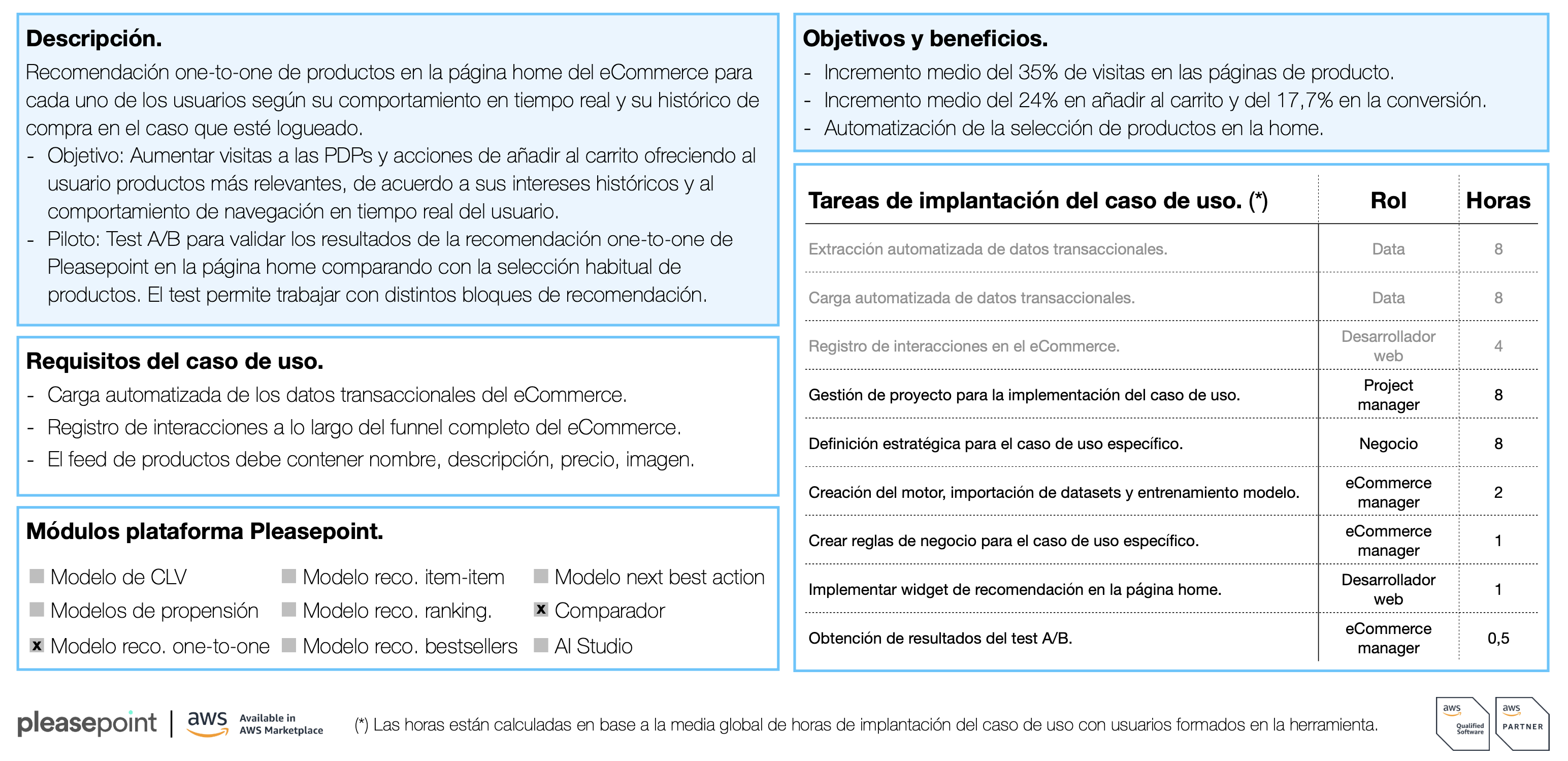
Objective: Increase visits to product detail pages (PDPs) and add-to-cart actions by offering more relevant products based on real-time behavior and the user’s purchase history if they are logged in.
Pilot: An A/B test is conducted to compare the results of Pleasepoint's one-to-one recommendation with the usual selection of products on the home page. The test may include different recommendation blocks to assess effectiveness.
Results and benefits:
- Average 35% increase in visits to product pages.
- Average 24% increase in add-to-cart actions.
- Average 17.7% increase in conversion.
- Automation of product selection on the home page, reducing manual workload.
If you’re interested in implementing this use case, here’s the link to schedule a session with our eCommerce specialists.
2. Related products on PDPs.
Showing related products on product detail pages (PDPs) is an effective strategy to increase user interaction and cross-sales.
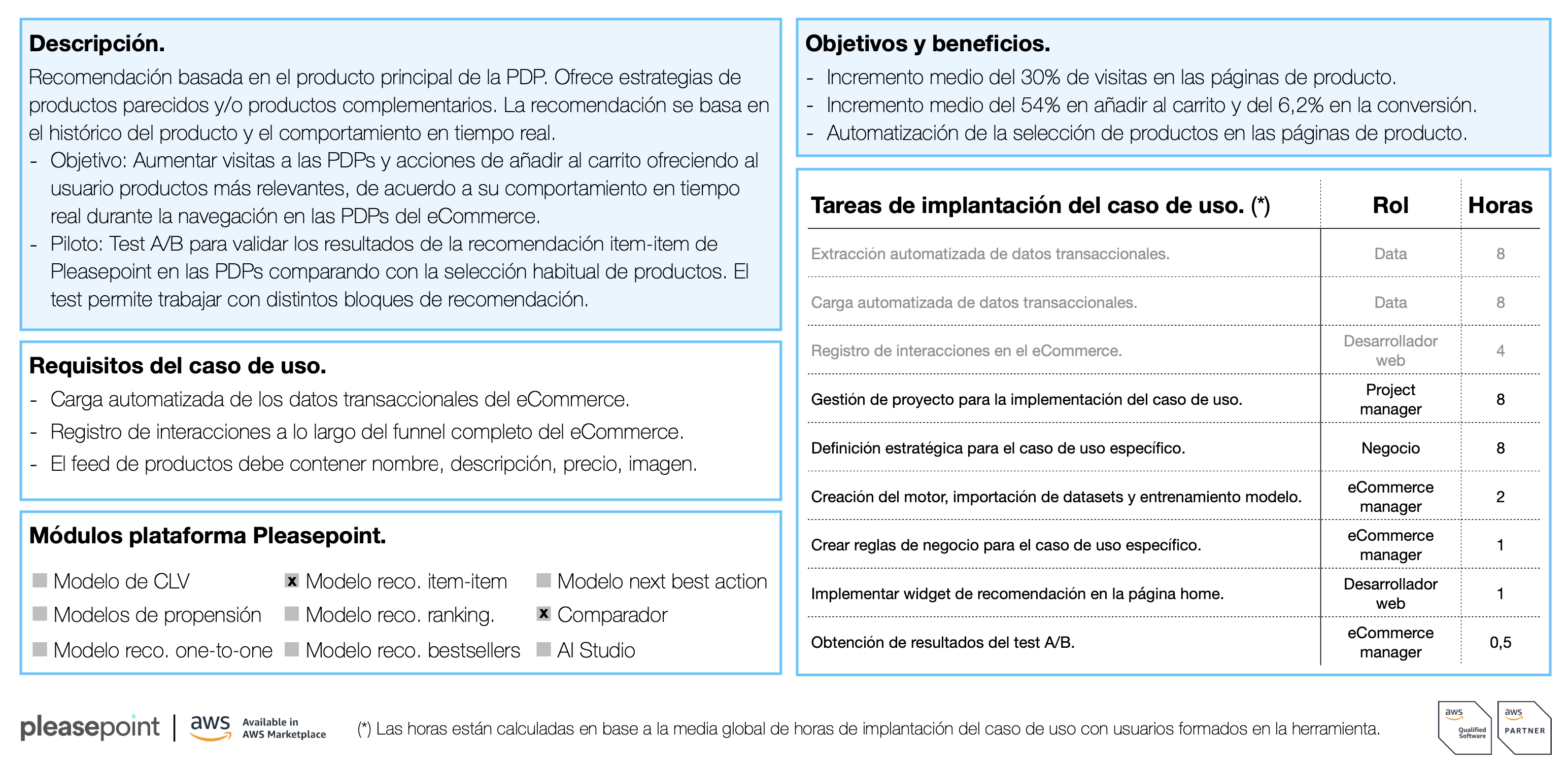
Objective: Increase visits to other PDPs and add-to-cart actions by offering similar and/or complementary products based on the main product and the user's real-time behavior.
Pilot: An A/B test is conducted to validate the results of Pleasepoint's item-to-item recommendation on PDPs, compared to the usual selection of related products.
Results and benefits:
- Average 30% increase in visits to product pages.
- Average 54% increase in add-to-cart actions.
- Average 6.2% increase in conversion.
- Automation of related product selection, optimizing relevance and user experience.
Want to implement this use case? Here’s the link to schedule a session with our eCommerce specialists.
3. One-to-one featured products on PLPs.
Product listing pages (PLPs) can greatly benefit from one-to-one personalization, highlighting relevant products for each user.
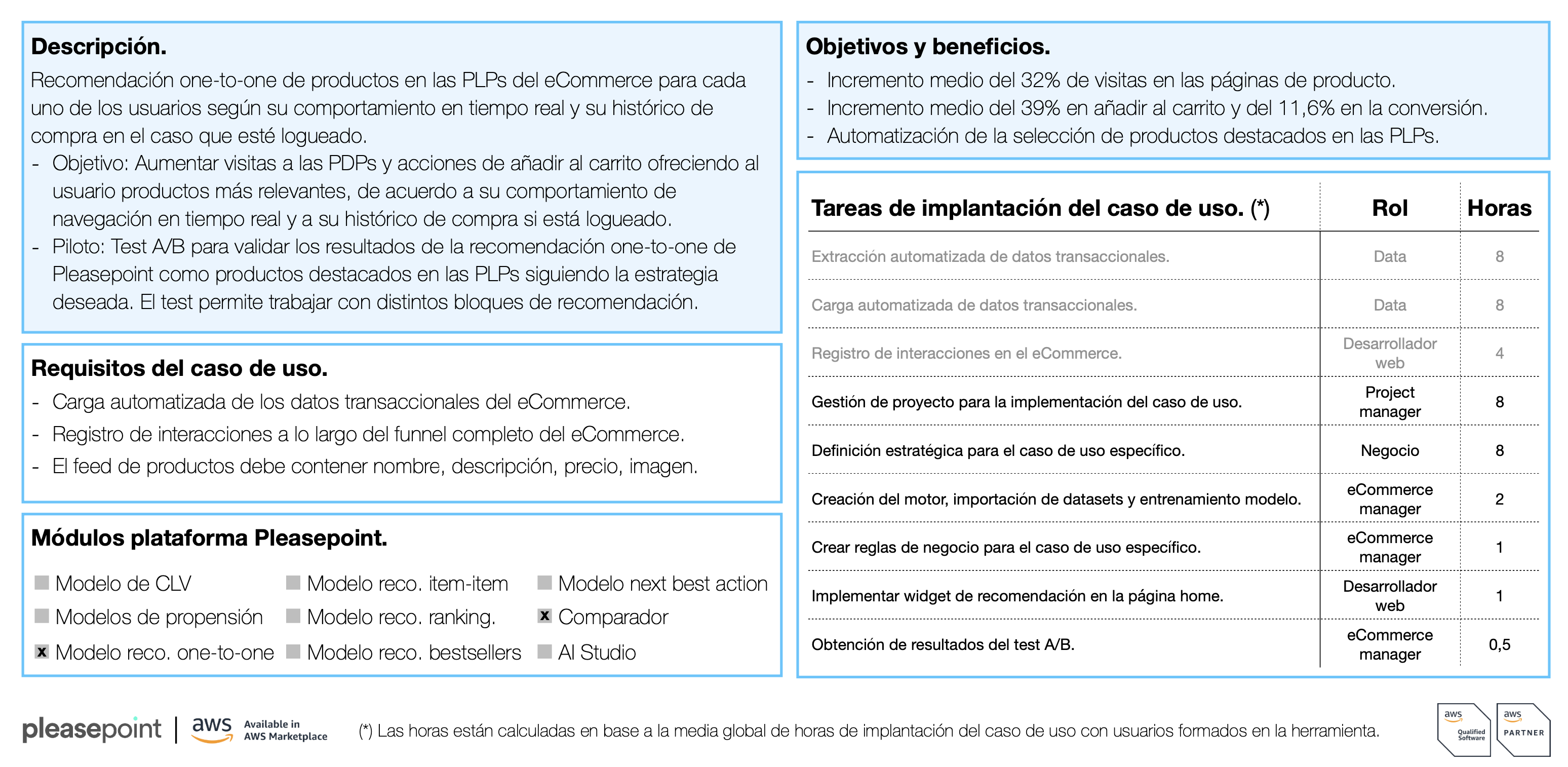
Objective: Increase visits to PDPs and add-to-cart actions by offering personalized featured products based on real-time behavior and the user’s purchase history, if they are logged in.
Pilot: An A/B test is conducted to validate the results of Pleasepoint's one-to-one recommendation as featured products on PLPs.
Results and benefits:
- Average 32% increase in visits to product pages.
- Average 39% increase in add-to-cart actions.
- Average 11.6% increase in conversion.
- Automation of featured product selection on PLPs, improving relevance and efficiency.
Implement this use case with the support of our eCommerce specialists.
4. One-to-one sorting on PLPs.
Personalized product sorting on PLPs can significantly enhance the user experience and increase conversions.
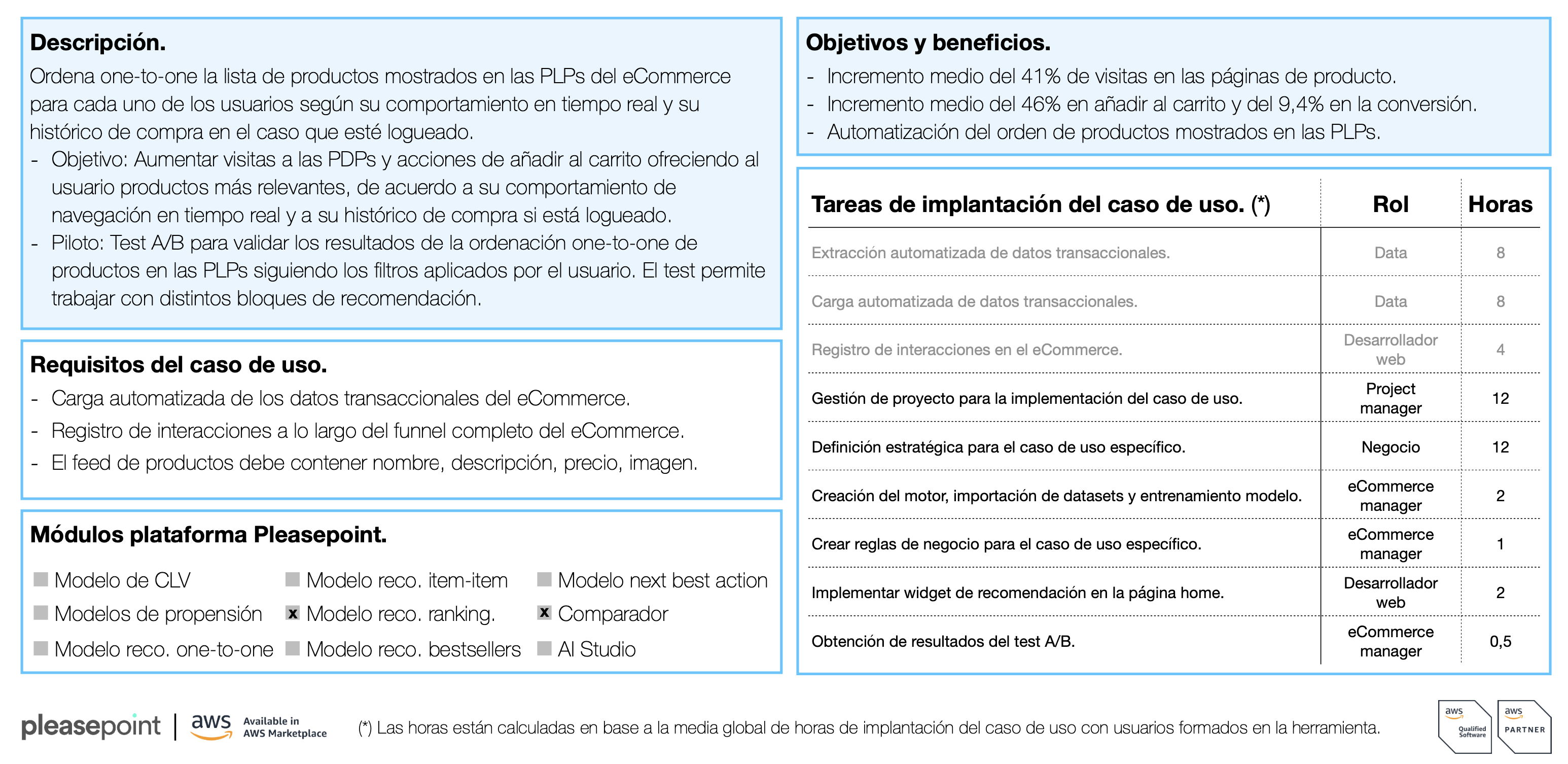
Objective: Increase visits to PDPs and add-to-cart actions by offering products sorted in a relevant manner based on real-time behavior and the user’s purchase history, if they are logged in.
Pilot: An A/B test is conducted to validate the results of one-to-one product sorting on PLPs, considering filters applied by the user.
Results and benefits:
- Average 41% increase in visits to product pages.
- Average 46% increase in add-to-cart actions.
- Average 9.4% increase in conversion.
- Automation of product sorting on PLPs, adapting to user preferences.
Start implementing one-to-one personalization now by scheduling a session with our eCommerce specialists.
5. Related products on the cart page.
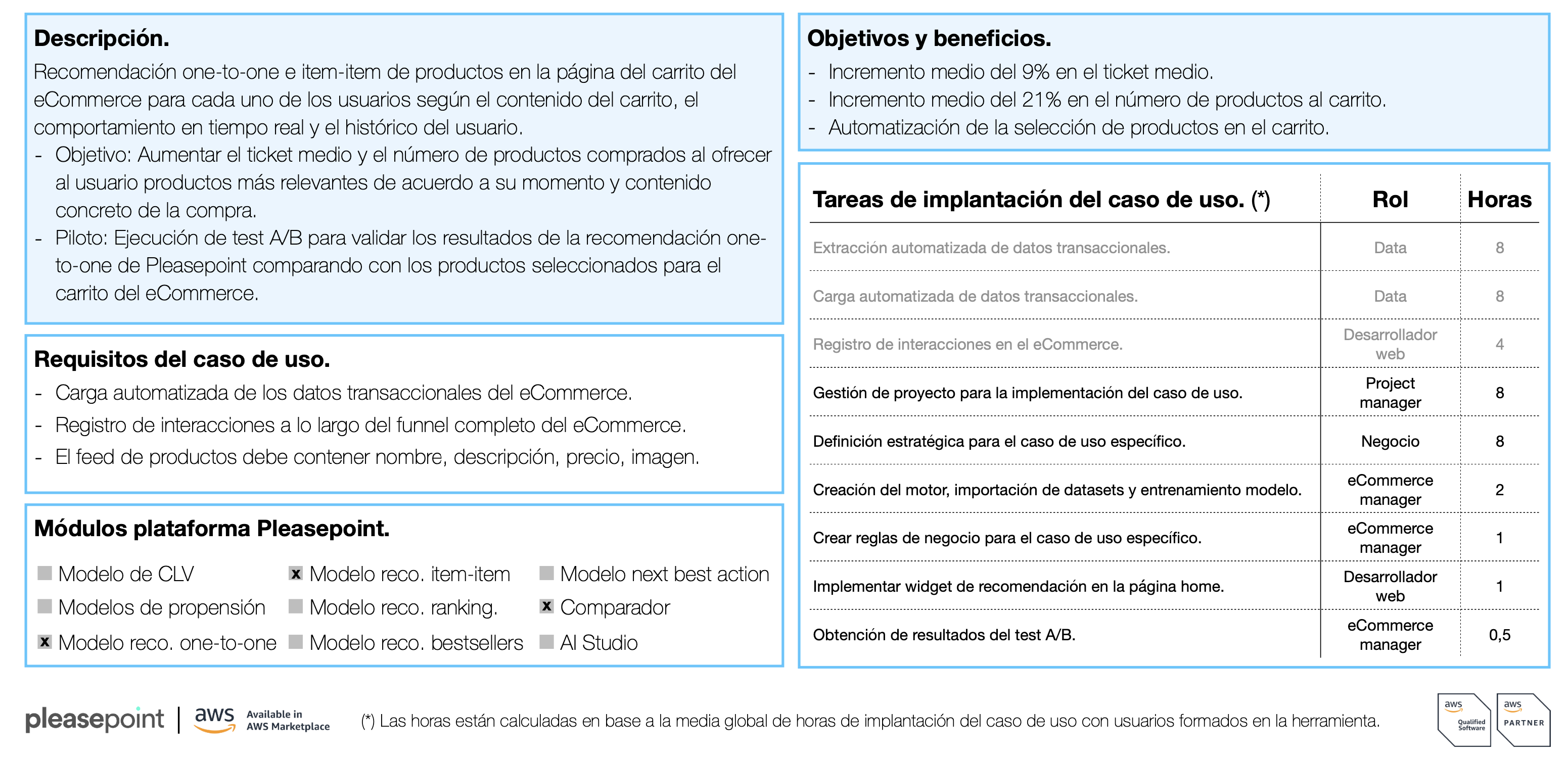
The cart page is a critical point in the purchase process. Offering related products can increase the average ticket size and the number of items purchased.
Objective: Increase average ticket size and the number of products purchased by offering relevant products based on cart content, real-time behavior, and user history.
Pilot: An A/B test is conducted to validate the results of Pleasepoint's one-to-one recommendation compared to the products selected for the cart by the eCommerce.
Results and benefits:
- Average 9% increase in average ticket size.
- Average 21% increase in the number of products added to the cart.
- Automation of product selection in the cart, improving relevance and facilitating purchase decisions.
Here’s the link to schedule a session with our eCommerce specialists and start implementing this use case.
Conclusion.
Implementing one-to-one user experience personalization with Pleasepoint’s artificial intelligence across different eCommerce pages has a significant impact on user interaction and key business KPIs.
From the home page to the cart, personalization based on a reinforcement learning neural network improves the relevance of displayed products, increases visits to product pages, add-to-cart actions, and ultimately, sales conversions.
Automating product selection and sorting not only optimizes the user experience but also reduces manual workload, allowing marketing teams to focus on higher-value, less repetitive tasks.
With Pleasepoint, real-time personalization becomes a powerful tool for any eCommerce looking to stand out in a competitive market and foster long-term customer loyalty.
Download our eBook Introduction to one-to-one marketing and learn how to execute a hyper-personalized strategy based on each customer's lifecycle and preferences. It's never been easier to start hyper-personalizing and increasing the performance of your marketing efforts.

